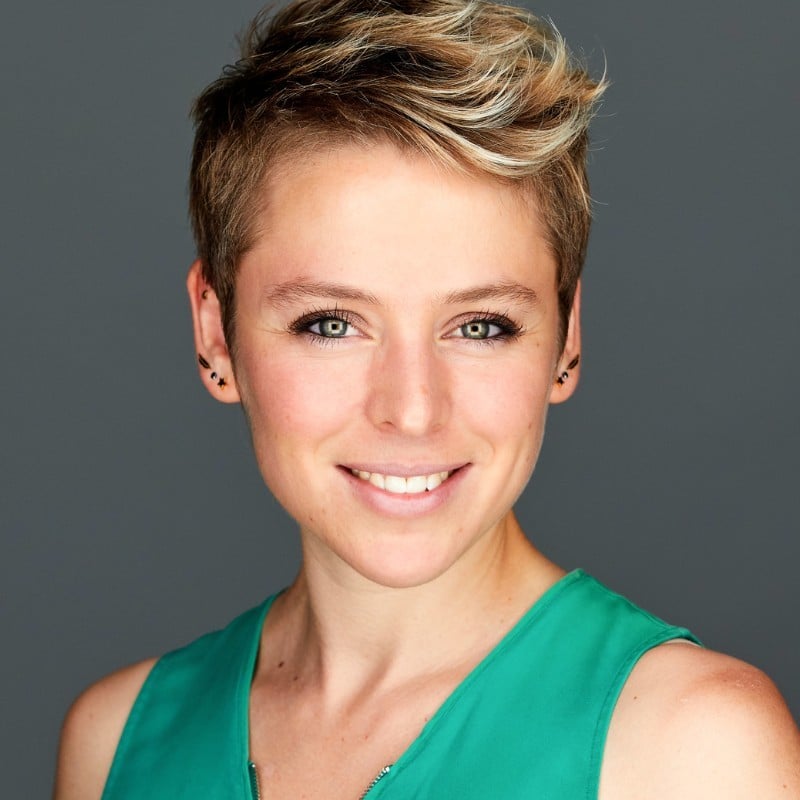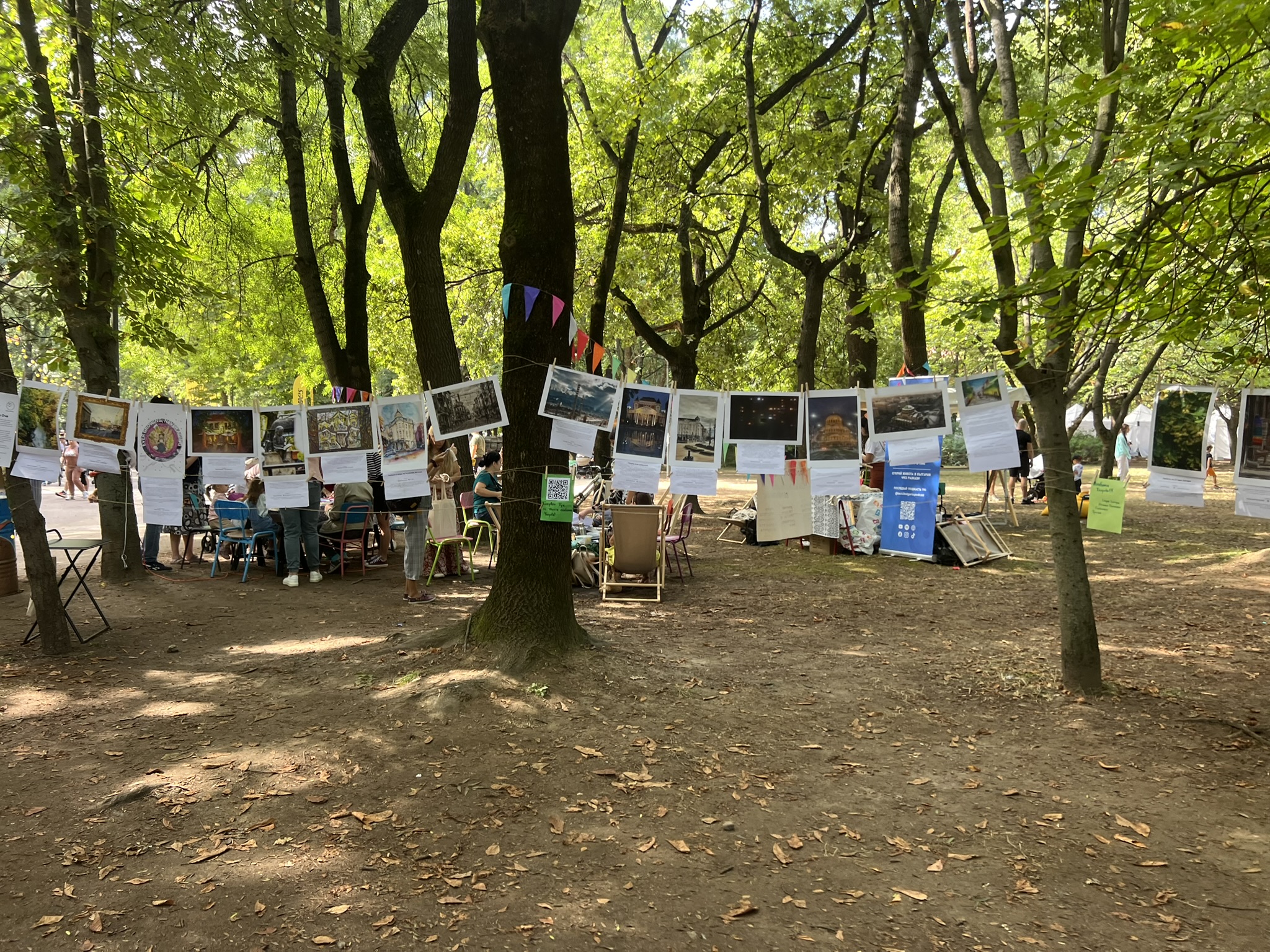
Many of us check chicken breast doneness by cutting into it to see if it’s white, assuming it’s fully cooked. But this common trick often leads to dry, overcooked meat, or worse, undercooked chicken. The truth is, color isn’t a reliable indicator of doneness. Enter sous-vide cooking under the guidance of our Chef Cyrille Lecossois, Senior Lecturer at EHL and sous-vide expert. this precise method ensures perfectly juicy, tender chicken every time by controlling temperature, not color. Let’s bust the color myth and see how sous-vide can transform your chicken cooking game.
Why Color Isn’t the Best Guide for Cooked Chicken?
We’re often told that chicken is safe when it turns white, but color alone isn’t reliable—it can lead to dry, overcooked chicken or, worse, undercooked meat. Chicken can appear done on the outside while being undercooked inside. Instead, rely on temperature for foolproof doneness.
The Importance of Temperature in Sous-Vide Chicken Cooking
Sous-vide may sound complex, but it’s a foolproof way to achieve doneness. For chicken breast, sous-vide eliminates guesswork by using precise temperature control.
Traditional cooking methods typically use high heat, which can lead to overcooked, dry chicken, especially on the outer layers. Sous-vide, however, allows you to cook chicken slowly at a lower, constant temperature, ensuring juicy, even doneness from edge to center. A 180 g chicken breast should be cooked at 66 °C.
Step-by-Step Guide to Sous-Vide Chicken Cooking
Gather your tools: you’ll need a sous-vide cooking machine, a vacuum sealer, and vacuum cooking bags.
The vacuum bag acts like a second skin, protecting food from outside elements like heat, water, microbes, and bacteria, while keeping it completely safe. The bag creates a barrier without any chemical exchange between the bag and the food, ensuring no health risks and preserving the quality and taste of your ingredients.
Prepare and seal the chicken breast: lightly season the chicken breasts with salt, pepper, and your favorite herbs like thyme or rosemary, plus a drizzle of olive oil for added flavor. Place it in a vacuum cooking bag. Seal tightly, using a vacuum sealer.
Always start with chilled (refrigerator-temperature) chicken for sous-vide, but never frozen. If the chicken breast is frozen, make sure to fully thaw it before cooking for the best, most even results.
Pasteurization: submerge the bag in simmering water at 83 °C for 4 minutes
Set the temperature: fill the sous-vide machine with water and set up the temperature to 66 °C.
Cook the chicken breast: submerge the bag in the water for 50 minutes.
Cooling step, the 10/10/2 rule: 10 minutes at room temperature, then 10 minutes in cold tap water, finally 2 hours in an ice bath.
Optional searing for extra flavor: after cooking, you can sear the chicken breast in a hot skillet with a touch of oil for 30 seconds to 1 minute on each side to add a golden-brown crust.
Regenerate before eating: if you want to eat it hot, submerge the bag in water at 58 °C for 10 minutes. It is also possible to eat it cold.
Serve and enjoy! Serve the chicken breast as it is or use it in salads, sandwiches, or other recipes.
Common Mistakes To Avoid With Sous-Vide Chicken Cooking
Sous-vide is reliable, but a few mistakes can impact results. Here’s how to avoid them:
Not sealing the bag properly: any air in the bag can cause uneven cooking. Use a vacuum sealer with vacuum cooking bags to remove all air.
Setting the wrong temperature: stick to recommended temperature. Correct temperature ensures the ideal chicken texture.
Failing the cooling steps: properly cooling sous-vide chicken is essential if you plan to store it for later. Cooling helps preserve texture and flavor and ensures food safety for future use.
The Perfect Doneness Awaits You With Sous-Vide Chicken Cooking
Cooking chicken breast can feel like a balancing act, but sous-vide takes out the guesswork, ensuring perfect results every time. With precise temperature control, sous-vide delivers your desired texture, whether tender and buttery or firm and flaky, while locking in moisture and flavor. Say goodbye to overcooked or underdone chicken!
If cooking chicken sous-vide still sounds a bit complex, why not get hands-on experience? Join our expert Cyrille in a dedicated sous-vide workshops, where you’ll learn all the tips and tricks to mastering sous-vide cooking and debunk any remaining myths!
And if you’re ready to master sous-vide cooking for more than just chicken, check out our tips and tricks for cooking sous-vide pork, beef steak, or salmon. Each guide offers expert advice for perfect results every time!
16 common questions about sous-vide cooking poultry
What’s the lowest I should sous vide chicken thighs if I plan to grill afterwards?
The lowest recommended temperature for sous vide chicken thighs is 60 °C, provided they are held at this temperature for at least 27.5 minutes to ensure pasteurization. For grilling afterward, cooking at 65 °C for 2 – 4 hours is ideal, as it results in juicy and tender meat that can withstand high-heat grilling without drying out.
Can you sous vide a whole turkey?
Yes, you can sous vide a whole turkey. Use a large bag and cook the turkey at 65 °C for 12 – 24 hours for tender and juicy results. For best results, separate the breast and leg/thigh meat and cook them at their respective ideal temperatures (e.g., 57 °C for the breast, 65 °C for the legs). Finish by roasting or searing to crisp up the skin.
Can I sous-vide chicken in a pot?
Yes, you can sous vide chicken in a pot as long as you use an immersion circulator to maintain precise water temperature. Fill the pot with water, attach the circulator, and follow your recipe’s recommended time and temperature settings (e.g., 74 °C for chicken thighs). Ensure the chicken is fully submerged in a sealed bag.
Why can I not achieve crispy skin on sous vide chicken thighs?
Sous vide cooking doesn’t crisp the skin because it occurs at low temperatures in water. To achieve crispy skin, pat the chicken dry after sous vide and sear it in a hot cast iron skillet with oil or broil it briefly in the oven. Pressing down on the skin during searing helps it crisp evenly.
Sous vide method for 40 pounds of chicken breast – any tips?
For large quantities like 40 pounds of chicken breast:
- Use multiple water baths with circulators to ensure even cooking.
- Cook in small batches to avoid overcrowding, which can lead to uneven heat distribution.
- Cook at 65 °C for 1 – 4 hours for tender results. After cooking, chill the chicken in an ice bath before storing or serving.
Thanksgiving: Is a turkey cooked sous-vide going to turn out well?
Yes! Sous vide turkey ensures evenly cooked, moist, and flavorful meat without overcooking the breast or undercooking the dark meat. Cooking parts separately (breast at 57 °C and legs at 65 °C) yields optimal results. Finish by roasting or searing to crisp up the skin for a traditional presentation.
Is there a point to sous viding chicken for longer than the minimum required time?
For chicken breast, once it reaches the target temperature (e.g., 145°F for 1–2 hours), additional cooking time doesn’t improve texture significantly. However, for dark meat like thighs, longer cooking (e.g., 4 hours at 155°F) can help break down connective tissue and render fat, making it more tender.
What’s the best temperature for sous vide chicken breast?
The ideal temperature depends on your preferred texture:
- 140°F (60°C): juicy but slightly soft texture.
- 150°F (65°C): traditional poached texture, firm but moist.
- 155°F (68°C): firmer texture, closer to conventionally cooked chicken.
Why does sous vide chicken sometimes feel “raw” at lower temperatures?
Chicken cooked at 140–145°F is fully pasteurized and safe to eat, but some people find the texture unusual because it’s softer than conventionally cooked chicken. Cooking at 150–155°F provides a more familiar texture while retaining moisture.
Can I sous vide frozen chicken?
Yes, you can sous vide frozen chicken without defrosting. Add an extra 30 minutes to the cooking time (e.g., cook frozen chicken breasts at 145°F for 2–2.5 hours).
How do I season chicken for sous vide?
Season generously with salt, pepper, garlic powder, or herbs before vacuum-sealing. You can also add marinades or flavored oils directly into the bag for enhanced flavor infusion during cooking. Avoid raw garlic as it can develop a harsh taste during sous vide.
Should I sear sous vide chicken after cooking?
Searing is optional but enhances flavor and presentation by creating a caramelized crust. Use a hot skillet with oil or butter for 1–2 minutes per side after patting the chicken dry to avoid steaming. For cold dishes like salads, searing may not be necessary.
How do I batch-cook chicken using sous vide for meal prep?
Cook multiple chicken breasts in separate vacuum-sealed bags at once (e.g., 145°F for 1–2 hours) and chill them in an ice bath immediately after cooking. Store in the fridge for up to a week or freeze for longer storage. Reheat using sous vide at the original cooking temperature.
How do I batch-cook chicken using sous vide for meal prep?
Cook multiple chicken breasts in separate vacuum-sealed bags at once (e.g., 145°F for 1–2 hours) and chill them in an ice bath immediately after cooking. Store in the fridge for up to a week or freeze for longer storage. Reheat using sous vide at the original cooking temperature.
Can I cook different cuts of chicken together in one sous vide bath?
Yes, but ensure all cuts are cooked at their respective ideal temperatures and times:
- Breasts: cook at 145°F for 1–2 hours.
- Thighs: cook at 165°F for 1–4 hours, depending on desired tenderness. Use separate bags if combining cuts with different requirements.
Is sous vide better than traditional methods for cooking chicken?
Sous vide provides precise temperature control, ensuring perfectly cooked chicken without overcooking or drying out—ideal for lean cuts like breasts that tend to dry out with other methods. However, traditional methods like roasting or grilling may offer better browning and crispier skin without additional steps like searing post-sous vide.
Discover the Chef Behind the Sous-Vide Expertise at EHL Lausanne: Cyrille Lecossois
Senior Lecturer — EHL Practical Arts at EHL Hospitality Business School on Lausanne Campus
Mr. Cyrille Lecossois teaches culinary arts and restaurant service courses at EHL. He originally trained as a cook and obtained professional certificates in culinary arts and hotel and restaurant operations. He began his career in restaurants in France, as a cook, or line cook and then gained international experience by working for Club Mediterranée (Club Med) in various locations over a period of six years.
Arriving in Switzerland for family reasons, Cyrille worked in a restaurant at the top of Montreux, and then in a five-star hotel restaurant in Montreux. He joined EHL in 2001, occupying different positions from culinary instructor to executive chef. Since then, he has added a new dimension to his career by focusing on developing and implementing highly effective teaching and learning methodology for higher education and the practical arts subjects that he teaches.
EHL Hospitality Business School
Communications Department
+41 21 785 1354
EHL
View source

